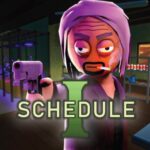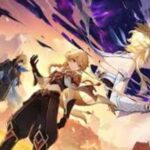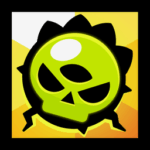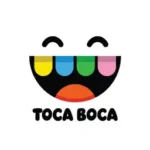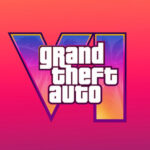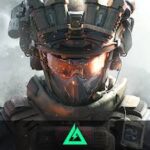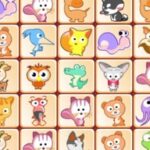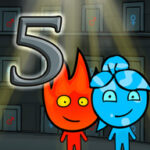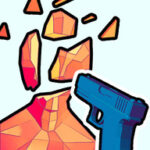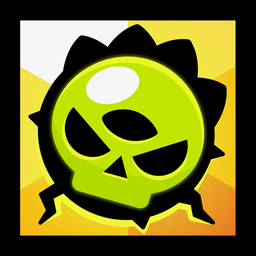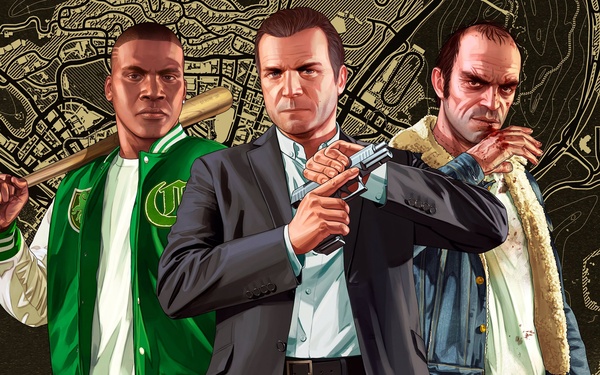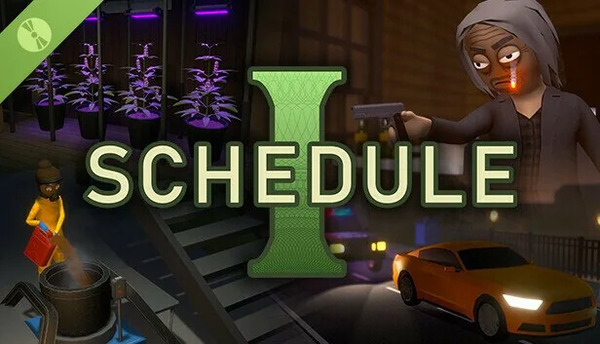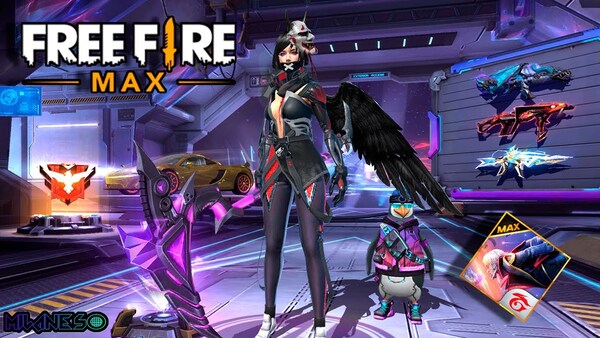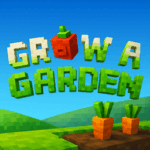Introduction: God of War Ragnarök and the Evolution of a Franchise
When God of War Ragnarök launched, it was more than just a sequel—it was the high-stakes conclusion to a saga that reinvented one of gaming’s most iconic characters. Building on the success of 2018’s God of War, this title continues the journey of Kratos and Atreus as they face off against fate, gods, and their own inner turmoil. Developed by Santa Monica Studio and published by Sony Interactive Entertainment, God of War Ragnarök is a cinematic action-adventure game that balances visceral combat with emotional storytelling. It combines Norse mythology, rich character arcs, and high production values, making it one of the most anticipated and critically acclaimed titles in the PlayStation lineup.
The Beginning of the End: Setting the Stage in God of War Ragnarök
The story of God of War Ragnarök begins a few years after the events of the previous game. Fimbulwinter has gripped the world in a chilling hold, and tensions are rising across the Nine Realms.
Narrative Foundations of Ragnarök’s Journey
From the start, Ragnarök pulls players into a world teetering on the brink of destruction. The bond between Kratos and Atreus, tested in the previous game, becomes the emotional core of the story. Their journey is no longer just about survival—it’s about choice, destiny, and legacy.
Why the Opening Hours Matter
The opening hours are dense with exposition, emotional depth, and worldbuilding. Whether it's Atreus' growing independence or Kratos’ struggle to remain a father while bracing for war, the early narrative sets the tone perfectly for what follows.
God of War Ragnarök Storytelling: Myth, Fate, and Emotion
The game excels in narrative delivery, intertwining Norse myth with intimate character development.
Building on Norse Mythology
Rather than strictly following the original mythology, Ragnarök reinterprets it. Odin is not a wise all-father, but a manipulative figure. Thor is brutal, tragic, and complex. Each deity introduced adds new depth to the world.
Emotional Character Arcs and Themes
Themes of fatherhood, fate, and sacrifice are explored masterfully. Atreus comes into his own, wrestling with his identity as Loki, while Kratos slowly embraces his vulnerability. These emotional beats make the action more meaningful and grounded.
Combat Mechanics in God of War Ragnarök: Precision and Power
Combat is the heartbeat of God of War Ragnarök, and it has evolved significantly from its predecessor.
Enhanced Weapon Systems and Strategy
Kratos returns with the Leviathan Axe and Blades of Chaos, now refined with new combo options, runic abilities, and skill trees. Shields also come with strategic variations, encouraging parrying or blocking based on style.
Enemy Variety and Tactical Depth
The game introduces more diverse enemies across realms, forcing players to adapt tactics. Mini-bosses and full-scale boss fights are both more frequent and more challenging, offering greater variety and reward.
Visual and Audio Design: A Feast for the Senses
From sweeping landscapes to intricate character models, the game is a technical marvel.
Stunning Visual Fidelity Across the Realms
Every realm—from the molten pits of Muspelheim to the dense forests of Vanaheim—feels alive and visually distinct. The art direction mixes natural wonder with mythological design, and the graphics on PS5 are particularly breathtaking.
Immersive Soundtrack and Voice Acting
Bear McCreary’s score is emotionally powerful, enhancing combat and cutscenes alike. Christopher Judge (Kratos) and Sunny Suljic (Atreus) deliver exceptional performances that make every interaction feel authentic and impactful.
Exploration and Puzzles in God of War Ragnarök
Exploration isn’t just encouraged—it’s deeply rewarding.
Environmental Puzzles and Hidden Paths
From spinning runes to freezing gears with the axe, puzzles return with more complexity and integration into the world. These challenges serve as brain-teasers that balance the game’s intense action.
Rewarding Side Content and Optional Areas
Exploring side realms and completing Favours (side quests) opens up narrative depth, loot, and lore. These aren’t filler—they’re enriching experiences that build on the main story’s themes.
Character Development: Kratos, Atreus, and a Cast of Legends
The game’s emotional center lies in its characters.
Kratos: A God Evolving
Kratos continues his transformation from a rage-filled god to a conflicted but loving father. His restraint and growth are a powerful departure from his original characterization.
Atreus: Stepping into the Light
Atreus becomes a co-protagonist, taking on more responsibility, decisions, and screen time. His journey toward self-discovery adds a youthful urgency to the narrative.
God of War Ragnarök World Design: The Nine Realms Reimagined
Each realm offers something unique in both gameplay and lore.
Dynamic Worldbuilding
Whether traversing the icy lakes of Midgard or the golden fields of Alfheim, every realm is distinct in culture, terrain, and enemy type. This variety keeps the game fresh throughout.
Fast Travel and Realm Accessibility
While linear in structure, the game opens up significantly in the second half. Fast travel upgrades and mountable companions like wolves make backtracking and exploration efficient and enjoyable.
Boss Battles and Enemy Encounters: Epic and Personal
Boss battles are frequent, memorable, and emotionally charged.
Cinematic Fights with Narrative Weight
Major boss encounters are framed with stunning cinematics and tight choreography. Fights against Thor and Heimdall aren’t just mechanical challenges—they’re loaded with meaning and character growth.
Mini-Bosses and Side Challenges
Optional bosses like Berserkers and Valkyries test your skills and provide satisfying challenges. These encounters serve as endgame content that rewards mastery of combat mechanics.
Technical Performance and Platform Optimization
The game shines on both PS4 and PS5, though the latter offers a superior experience.
PS5 Enhancements
With near-instant load times, ray tracing, haptic feedback, and 60+ FPS support, the PS5 version feels next-gen. Animations are smooth, and transitions between gameplay and cutscenes are seamless.
Stability and Accessibility Features
Ragnarök includes a robust suite of accessibility options, from audio cues to text scaling, ensuring a broad range of players can enjoy it. Few bugs or glitches were reported at launch, underscoring Santa Monica Studio’s polish.
God of War Ragnarök stands as a masterclass in action-adventure gaming. While it doesn’t drastically change the formula of its predecessor, it perfects it in nearly every way. Its storytelling, design, and performance elevate it to the realm of modern gaming legends.
Conclusion: Why God of War Ragnarök is a Legendary Sequel
God of War Ragnarök isn’t just a continuation—it’s a culmination of everything that made the 2018 reboot a triumph. It advances the story of Kratos and Atreus with emotional maturity, while refining the gameplay to near perfection. Furthermore, the game’s world-building, voice acting, and mythological reimaginings combine to create a deeply immersive experience. Whether you’re drawn to thrilling boss battles or emotionally resonant narratives, Ragnarök has something unforgettable to offer. Ultimately, it proves that video games can be both mythic epics and intimate character dramas. As the curtain closes on the Norse saga, one thing is clear: God of War Ragnarök isn’t just a great sequel—it’s a benchmark for storytelling in modern gaming.


